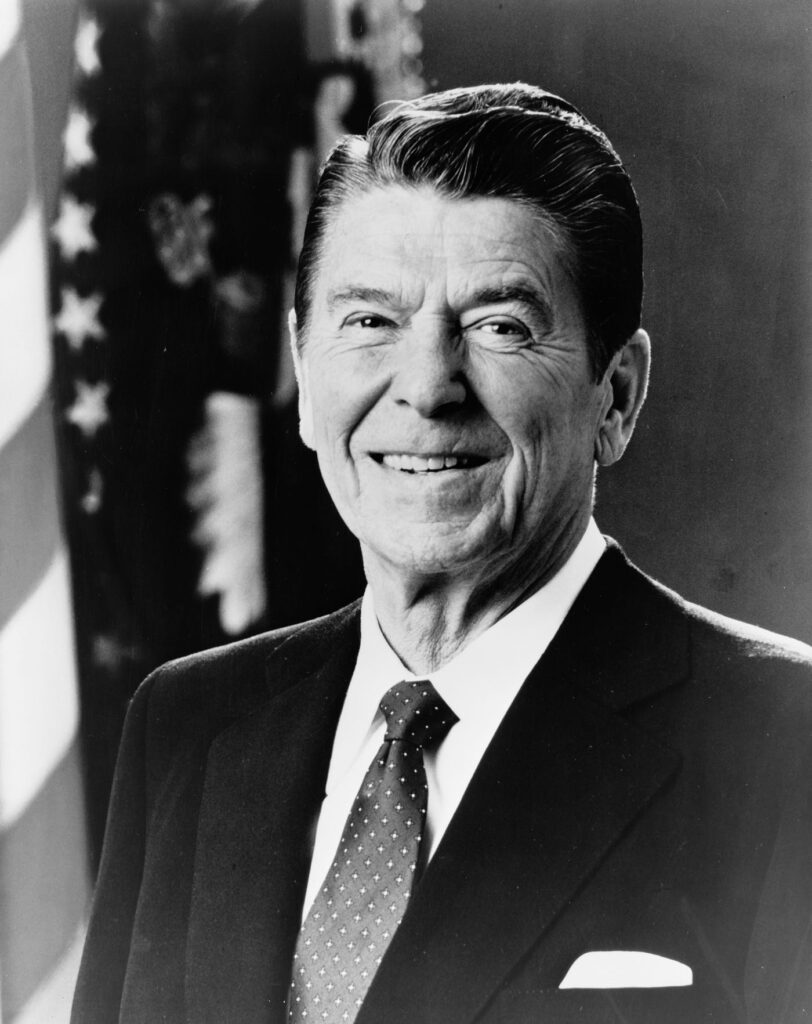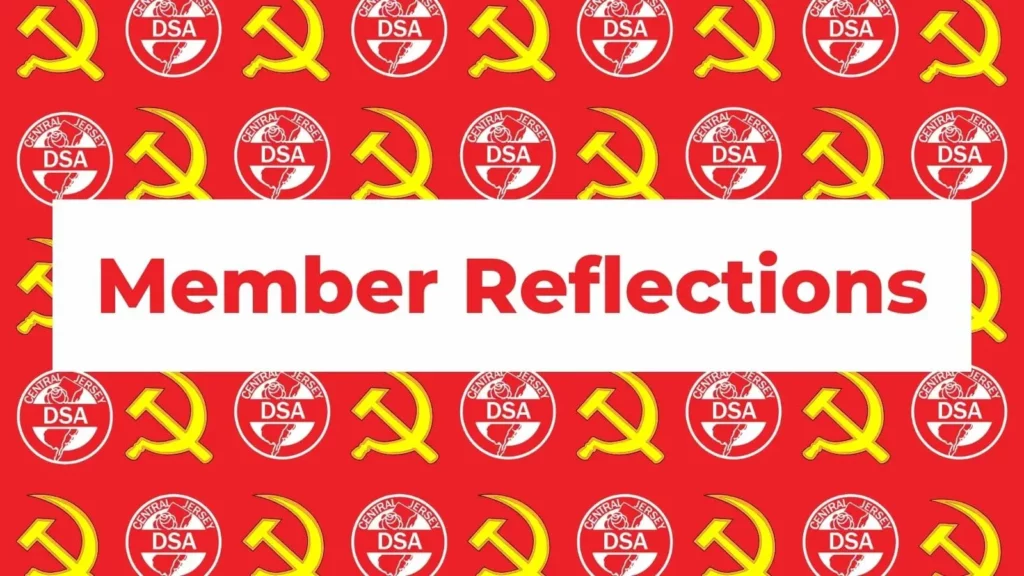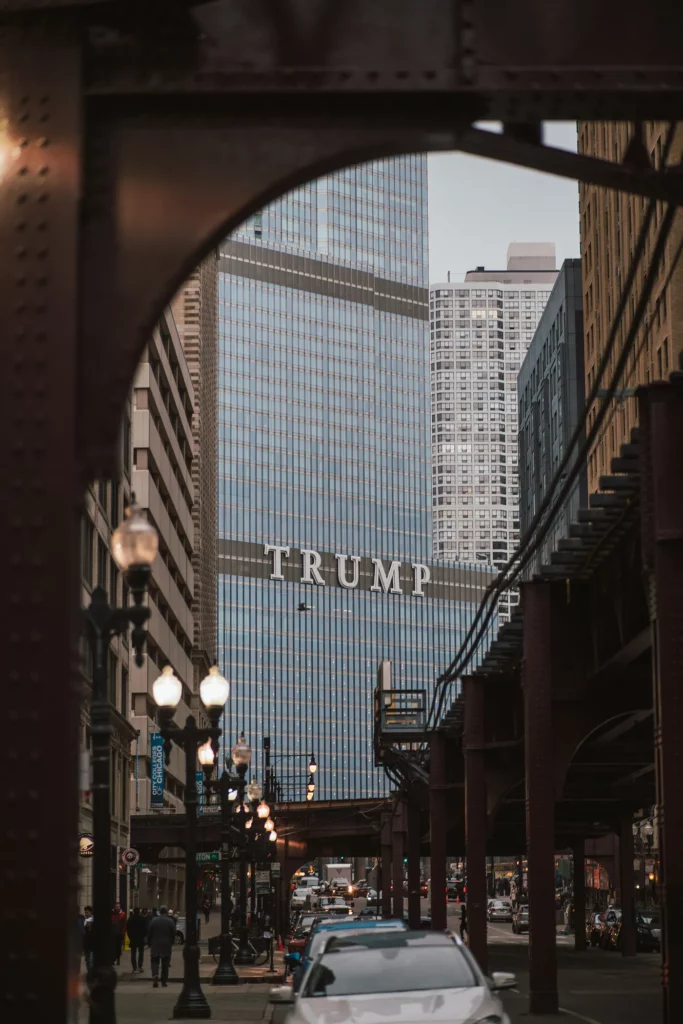by Sudip Bhattacharya

Living under Covid-19 and neoliberalism can oftentimes make it increasingly difficult for any of us to see clearly how power actually operates, and more likely, leaves us feeling as if the situation we’re now in, the deteriorating working and living conditions, the rise of the far-right, as having been inevitable. However, such thinking, although rooted to real experiences, is in fact, divorced from the complex mix of history, social conditions, and choices made that shape our lives and the lives of others.
Now, capitalism can be an overwhelming force and remains the dominant political system in the U.S. and across the globe. But the form it has taken now, called neoliberalism, which is an extreme version of capitalism in which policymakers believe that the social good for everyone relies on the ability for companies to turn a profit, which leads to the gutting of social welfare and worker protections to make this much easier for businesses to do, is a product of class antagonisms, choices made by labor and the Left decades ago, and the maneuvering of right-wing forces, such as political figures such as Ronald Reagan.
THE RISE OF THE NEOLIBERAL
The rise of neoliberalism can be traced back to the 1970s, as Nixon assumed power, as the Democrat Party began to shift rightward as well, to meet where it believed most voters were.
By then, what was the New Deal consensus had been falling apart. The New Deal itself was very much a product of class struggle among working people who believed in egalitarian policymaking, along with some New Deal legislators against Jim Crow Democrats, and of course, economic conservatives in the Republican Party.
The New Deal emerged after the Great Depression, in which countless Americans lost everything they had and the economy was in freefall. This happened by the tail-end of the 1920s and would shape U.S. society for at least a decade. People would lose their jobs, their savings, as well as a roof over their heads. African Americans, especially in the South, fell further behind economically, and were forced to migrate. Other non-white groups, such as Mexican Americans and Asian also had very little opportunity to save or rebuild. Many workers who were racialized as “white” were now facing unbearable conditions as well, and many, along with African Americans, Mexicans, and Asians flocked to labor groups and joined labor movements soon after.
The class struggle between most working people and their bosses was historic, with strikes and other forms of direct actions, such as the smashing of machinery in factories, reaching a number that was unheard of, causing panic among business owners and politicians who needed them. Eventually, such actions were channeled and organized by communist organizers, and other radicals, such as organizers at the Congress of Industrial Organizations (CIO), into labor unions that could keep on the pressure among politicians to respond to what people demanded.
Overall, policies did emerge that would indeed alleviate some of the suffering among working people, such as providing the right to organize unions, and New Deal programs that promises jobs. Still, the progress that was being made was cut short once WWII ended, as fears over communism reigned and were manipulated by the political establishment, including among the more “moderate” elements of labor leadership and rank-and-file. After all, there was still a significant contingent of U.S. workers, especially “white” workers, who held onto outdated beliefs about race, and who were more “patriotic”, who believed in U.S. exceptionalism. Such beliefs were changed and could’ve been pushed on further with the type of organizing that some communists were conducting as well as some in the CIO. Yet, their efforts were curtailed as the labor movement grew much closer to the Democrat Party leadership, including among communist leaders who believed in the idea of forming a “popular front” with liberals and other Leftists to protect the New Deal against Republicans and conservative Democrats. This was understandable, given the stakes at the time, but this type of politics subsumed the need for labor to still become its own independent force. Instead, labor was turned into a movement that needed the Democrats to win elections for it to receive resources and have pro-labor policies.
Therefore, major contradictions remained, even as the economy was in its “golden age”, from the late 1940s up until the 1970s. Despite reforms, capitalism would remain a political system constantly in crisis. Even though the reforms had managed to extend gaps between crises, it wouldn’t stop them completely, as we’d witness during the late 1950s and especially following the 1960s, when overproduction of goods would lead to an oversaturated market, which would compel companies to lay off workers or to restructure their companies in such a way that diminished union influence. For instance, companies in the U.S. would first shift their factories into the south, where labor unions had been repressed, or simply start investing in new industries, such as defense industries, which flourished across the sunbelt region.
The main motivation for any capitalist, no matter how big or small their enterprise, is to produce higher and higher profits and one can only attain such profits if one is willing to find other ways to “compete” against other businesses by finding ways to reduce pay, or in reducing other types of costs, such as shutting down entire factories. During the 1970s, when worker militancy was still roaring, such companies, even those that voiced support for the New Deal consensus that in many ways also saved them from being completely run over by more radical sections of labor, decided to organize as a class and push back, and they successfully did for a few reasons.
First, the labor movement, despite sections of the labor force striking, had completely misread the situation earlier. It had believed that its future lay completely with the Democrat Party, that the party could be a vehicle for social democratic interests even. All this proved to be wrong, since A) Democratic leadership would include people, even sympathetic ones, who would view labor as merely an interest-group and B) the Democratic party would always need business more than it would labor, so long as capitalism remained the dominant political form. Not to mention that the Democrat Party, much like the Republicans, believed their interests counter to socialists, communists and even social democrats across the globe.
Furthermore, the labor movement had ceased developing as a force independent of the two-party system. Oftentimes, it would need the Democrats to win office for even labor demands to get heard, especially as companies began to lay off workers in droves.
Second, the labor movement, due to how it viewed its future as secure and no longer took seriously the need to go beyond reformism, also misread changes in the economy that the capitalist classes were involved in creating. Even though many business leaders professed to align themselves with labor, they never stopped organizing against labor, especially companies like Koch Industries.
Over time, the most extreme sections of the leading capitalists cultivated constituencies, such as segments of the middle classes, that would view capitalism as being pro-American, as well as develop industries that weren’t as connected to the labor unions, if at all. What we call service-sector industries, such as working at Walmart, and STEM jobs, were created and the workers in such industries were completely divorced from labor unions, whose main force was concentrated in now dying industries across the Northeast and Midwest. So, by the time of the 1970s, when workers in unions did rise up, they didn’t have the same type of power they once did several decades ago when they were the core of the nation’s workforce.
Gradually, the New Right coalesced around particular figures, like Ronald Reagan, and succeeded in cultivating a constituency that viewed union politics as anti-American even, that succeeded in appealing to segments of the workforce as well, pitting “white” workers against Black and brown. When the next recession hit by the late 1970s, there was a base of support for the New Right, people who were also in unions but whose unions weren’t as active as before, people who no longer had leadership steering them away from the right or from apathy. They interpreted the recession based on what figures like Reagan told them and over the 1980s, this base would shrink in terms of size but not in terms of commitment, as neoliberal policies would be thrown against the wall, gutting labor further, and concentrating power among businesses.
What does this all teach us?
That capitalism, of course, will always favor the wealthy and the right-wing. To influence politics in a capitalist culture, one needs money and they have it in droves. Hence, it is a much tougher fight for us to win. Our choices are restricted by capitalism in terms of what we can do in a particular moment or era.
However, there are also always strategies to take that could open up more opportunity down the road in terms of our resistance and building power. For instance, imagine if communists and socialists weren’t gutted from union organizing leadership. Imagine if the socialists and communists themselves didn’t fall into popular front politics either. Of course, they were influenced by forces larger than them, but there were choices that could’ve still been made.
Imagine if labor continued organizing the workforce rather than fall back into collective bargaining politics.
There was a structure above them but at the same time, there were decisions to be made that could’ve altered the coarse of U.S. politics.
Why care?
Learning about history like this reminds us that as much as we are heavily influenced and restricted by forces beyond us, especially forces with money, there is always some room for daylight. Some room for decisions that could push groups of us in the correct direction.
STRUCTURE & AGENCY
The successes of the modern civil rights movement is a testament to how understanding space for agency and connection to the structure over peoples’ lives.
Again, much like capitalism in the country overall, Jim Crow in the South shaped everyone’ lives and thinking, and for African Americans, was a constant force delimiting their aspirations and material conditions. For decades, Jim Crow policy and the culture it created was dominating.
Yet, there were still spaces to build resistance. Of course, the successes of resistance still depended on material conditions and conditions of an era. Leading a rebellion, for instance, right after whites successfully led coups across the region, would’ve led to even more death and repression for most African Americans. Strategically, the whites had the momentum, given that the federal government completely abandoned Black Americans and progressive whites.
Still, institutions were developed, including for civil rights. Churches and newspapers were forged. Along the way, more radical groups, like the communists formed unions. Repression would always follow but as leadership was cultivated, as more African Americans also moved into the North, conditions began to change, more opportunity for confronting publicly Jim Crow emerged.
By the time the modern civil rights movement took off, organizations like the SCLC and SNCC succeeded in building off campaigns in various parts of the south, thus building momentum against segregation.
Jack O’ Dell, a communist and one of the most important organizers and advisors to Martin Luther King, Jr., explained how each success created more opportunity for shifting power, for changing structure.
He stated,
“The accomplishments of the Freedom Movement to date, in their totality, represent an accumulation of quantitative changes which has prepared the conditions for a qualitative change in the habits, mores, customs, thought-patterns and material circumstances of southern life, making possible the final uprooting of the relics of the slave society.”
This is not to suggest that every form of agency, such as expressing discontent about a boss with others, is capable of shifting structure. Some are. Some aren’t. But the point remains, that certain actions can indeed be taken in order to end oppression, to end institutions that have led to suffering.
Currently, neoliberalism can also feel like an all-encompassing force, especially as a so-called “post-Covid” era is starting to emerge, as political leaders like Biden renege on their promises, as policies as necessary as universal healthcare, and ending college debt, are being completely ignored. Indeed, more funding for infrastructure is being fought over, but none f this is fundamentally changing the economy to shift power away from companies over to most working people. None of it is shifting us from the trajectory that neoliberalism has put us on decades ago, when Reagan won, that has led us to companies like Amazon dominating our lives.
That said, there remains choices to be made, such as the need for Leftists to develop independent power, such as focusing on organizing workers who are in the “essential” category, such as supermarket employees, nurses, and delivery. Without them, society would crumble, and the chaos would obviously harm us, but would also, hurt companies like Amazon, who need “stability” for them to accrue higher and higher profits.
At the same time, labor politics must adapt to the situation, which is something they didn’t do decades ago. As much as there is still a need for workers in the U.S. by leading capitalists, there is also the need to build campaigns that organize tenants, students, and others on issues like rent, on ending college debt, which have always been ways for capitalists to accrue wealth and power.
Annie Quick and Alice Martin write in Unions Renewed: Building Power in an Age of Finance
“One such possibility is a momentous, renewed interest in unions as a vehicle for social and economic transformation. For this to be realized, the notion of unions as vehicles for narrow wage-bargaining must be abandoned. In an era when power is based on wealth, and when workplaces and the economy have been captured by perverse financial interests, the challenge of union renewal is much bigger than turning back the clock to the post-war era of union power. It is about building out into communities and combatting the insecurity and isolation of much modern work with solidarity from those who rely on it, including patients, neighhbours, students and parents. It is about setting our sights high, on transforming our economy from one based on finance to one based on democracy.”
All of this requires work and also, pacing ourselves and of course, always being aware, as best we can, about our current limitations. For instance, it is much useful to organize for power in the way that Martin and Quick express than holding a sign in front of one’s home, no matter how radical the message is. It is much more useful in collectivizing for what people need, right away, than begin organizing against the capitalists without any broad-based support, whether physically or in polling.
This is to not say that our choices are limitless. The structure of neoliberalism infects our most immediate choices. It has atomized us in some cases, so again, it is not probable, because of neoliberalism and Covid-19, to suddenly lead a successful walk out, when you and your colleagues are conducting work through computer screens.
But even then, the atomization doesn’t stop one from having one-on-one conversations and in challenging oneself and other to dream bigger, to coordinate on immediate issues one may have against the boss.
Over time, such steps can lead to bigger ones down the road. But it all depends on a clear analysis and on remembering that one’s choice can indeed impact other choices in the near future.



